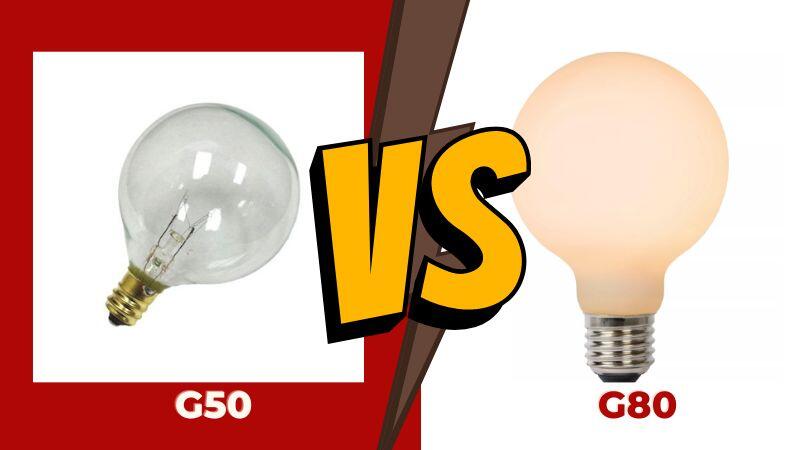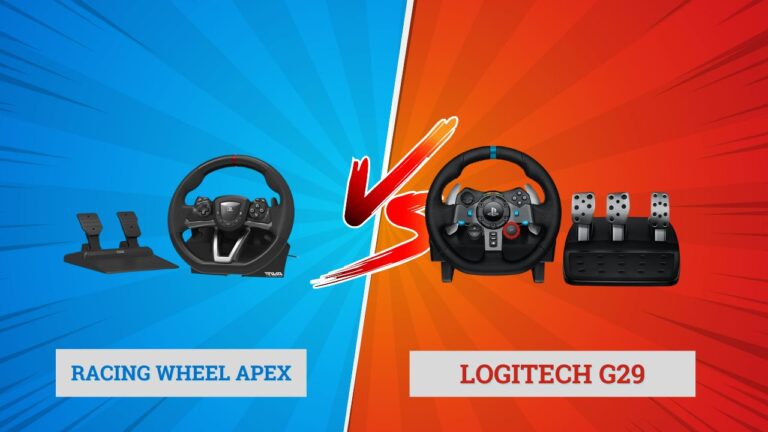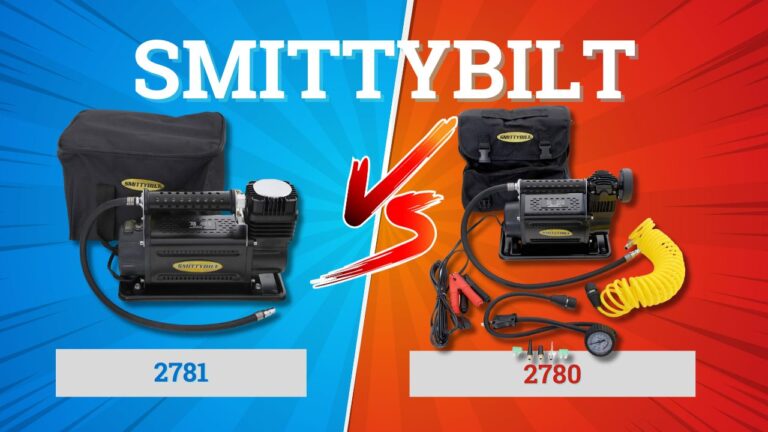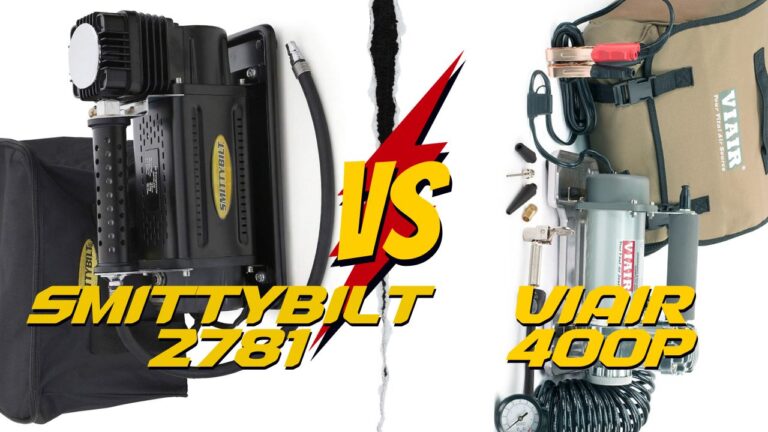When it comes to lighting solutions, it’s important to consider the various options available to ensure the perfect ambiance for any setting. Two popular choices are G50 and G80 bulbs, which offer distinct characteristics and applications. In this article, we will delve into the details of both bulb types, exploring their specifications, uses, and differences, to help you make an informed decision for your lighting needs.
Understanding G50 Bulbs
G50 bulbs are part of the globe-shaped bulb family, characterized by their medium size and spherical appearance. These bulbs typically have a diameter of 50 millimeters, which is slightly larger than a golf ball. They are commonly used in decorative lighting applications, including string lights, chandeliers, pendant lights, and holiday decorations. G50 bulbs are available in various colors, allowing for creative and versatile lighting designs.
Check also – G40 vs G50 Bulbs: What are the Differences?
Exploring G80 Bulbs
G80 bulbs, on the other hand, are part of the globe-shaped bulb family as well but are slightly larger than G50 bulbs. With a diameter of 80 millimeters, they are often considered oversized globe bulbs. G80 bulbs are typically used in larger lighting fixtures that require more pronounced illumination. These bulbs are frequently employed in pendant lights, table lamps, floor lamps, and other decorative fixtures where a bold lighting statement is desired.
Differences Between G50 and G80 Bulbs
Specifications
Size and Shape: The primary distinction between G50 and G80 bulbs lies in their size and shape. G50 bulbs have a diameter of 50 millimeters, while G80 bulbs have a larger diameter of 80 millimeters, making them visibly larger.
Wattage and Brightness: Both G50 and G80 bulbs come in a range of wattages and brightness levels, allowing you to select the appropriate level of illumination for your space. The wattage and brightness will depend on the specific bulb model and manufacturer.
Base Type: Both G50 and G80 bulbs are available with different base types, such as E26 (standard screw-in), E12 (candelabra), or E17 (intermediate), enabling compatibility with various lighting fixtures.
Applications
G50 Bulbs: Due to their smaller size, G50 bulbs are often used in applications where a subtle, elegant lighting effect is desired. They are perfect for accentuating spaces, creating an inviting atmosphere, or adding a touch of whimsy to events and special occasions. G50 bulbs are commonly found in string lights for outdoor patios, cafes, and festive decorations.
G80 Bulbs: With their larger size and enhanced brightness, G80 bulbs are suitable for lighting larger areas or serving as focal points in interior design. Their captivating presence can elevate the aesthetics of a room or serve as a centerpiece. G80 bulbs are frequently used in pendant lights above dining tables, floor lamps in living rooms, or as statement pieces in commercial spaces.
Energy Efficiency
In terms of energy efficiency, G50 and G80 bulbs can both be found in various technologies, including incandescent, halogen, CFL (compact fluorescent), and LED (light-emitting diode). LED bulbs are the most energy-efficient option, consuming significantly less electricity and lasting longer than their incandescent or halogen counterparts. When choosing between G50 and G80 bulbs, it is advisable to consider LED options for reduced energy consumption and longer lifespan.
Aesthetics and Personal Preference
Ultimately, the choice between G50 and G80 bulbs depends on personal preference and the desired aesthetic impact. G50 bulbs are better suited for intimate, cozy environments, while G80 bulbs make a bolder statement and work well in spaces where larger-scale lighting is required. Consider the style, size, and purpose of your lighting fixture, as well as the overall ambiance you wish to create when making your decision.
Conclusion
When comparing G50 and G80 bulbs, it is important to consider their size, shape, brightness, and application. G50 bulbs are smaller and ideal for accent lighting or decorative purposes, while G80 bulbs are larger and provide a more pronounced illumination. Both bulb types offer a range of wattages and base types, ensuring compatibility with various fixtures. By understanding their specifications and uses, you can make an informed choice based on your specific lighting requirements and aesthetic preferences.




